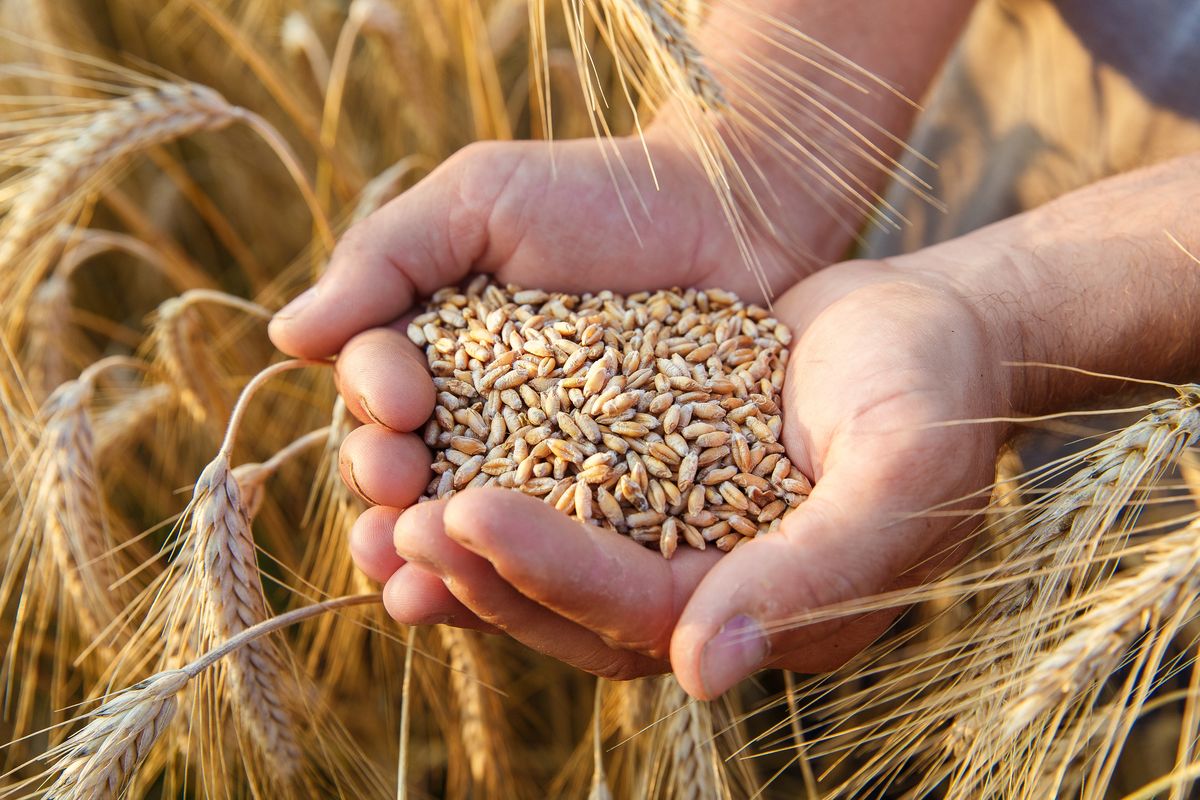Imports of Russian agricultural products to the EU last year amounted to 2.5 million tons – European Commissioner

The European Union is taking further steps to limit imports of Russian grain. European Commissioner for Agriculture Janusz Wojciechowski said in Brussels.
“As far as trade with Russia is concerned, the EU has recently been setting certain barriers for it and imposing tariffs that reduce imports (of grain) from Russia. The total volume of such imports across the European Union was about 2.5 million tons in 2022 – 1 million tons of grain and 1.5 million tons of sunflower. This volume remained almost unchanged in 2023. The largest importer of Russian grain was Italy – 478 thousand tons, in second place Latvia – 360 thousand tons, a certain amount was also received by Lithuania, now it refuses to continue such imports,” said the Commissioner.
According to him, Estonia also imported a small part of Russian grain products last year. For Poland, the volume of such imports was 3,500 tons of grain and 4,000 tons of sunflower, which in general is a very small volume of agricultural imports. Agricultural imports from Russia to countries such as Hungary and Slovakia, according to the European Commissioner, also remained at a low level.
Wojciechowski recalled that food trade with Russia remains a sensitive issue for the EU. In June 2022, the European Council made a political decision to exclude food and agricultural products from the list of products that can be subject to sectoral sanctions in order to avoid accusations against the EU of provoking food shortages and world hunger and not to give speculation to Russian propaganda.
“Now we are open to imposing restrictions on (agricultural) imports from Russia. But we have to remember that trade goes both ways. The European Union exported 7 billion euros worth of agricultural goods to Russia in 2023 and imported 2 billion euros worth of goods from there. We have to take this factor into account. This trade situation with Russia is different from what we have with Ukraine. In 2023, our (agricultural) imports from Ukraine amounted to 11.5 billion euros, but we exported about 3 billion to Ukraine. That is, the ‘minus’ (for the EU – ed.) amounted to 8.5 billion euros,” the European Commissioner said.
He gave a comparative analysis of the total volume of trade between Ukraine and the EU in 2023 and its correlation with the volume of trade in agricultural products. Last year, the total volume of EU exports to Ukraine amounted to 39 billion euros, while European countries imported from Ukraine goods worth 23 billion euros, that is, the EU remained in the plus by 16 billion euros. An excellent situation was observed in agricultural trade.
“This demonstrates that we have winners and losers from the liberalization of trade with Ukraine. The (EU – ed.) economy as a whole wins, but farmers will lose. This is the reason why we should compensate our farmers for these losses, in particular through state aid. This is an important political signal, and our farmers should receive such assistance,” Wojciechowski added.
As reported, a few days ago, the European Commission released a proposal to introduce a restrictive tariff on imports of Russian and Belarusian grain in the amount of €95 per ton, which should reduce the competitiveness of these products in the EU market.
On March 20, representatives of the European Parliament and the EU Council reached a preliminary agreement on the extension of trade liberalization measures for Ukraine in the context of the Russian war for another year, until June 5, 2025, with the simultaneous introduction of protective measures on imports of certain types of food from Ukraine. Today these proposals are being formally considered by the EU Committee of Permanent Representatives at ambassadorial level.
Read also
Wheat in Southern Brazil Impacted by Dry Weather and Frosts
Oilseed Industry. Leaders and Strategies in the Times of a Great Change
Black Sea & Danube Region: Oilseed and Vegoil Markets Within Ongoing Transfor...
Serbia. The drought will cause extremely high losses for farmers this year
2023/24 Safrinha Corn in Brazil 91% Harvested
Write to us
Our manager will contact you soon



